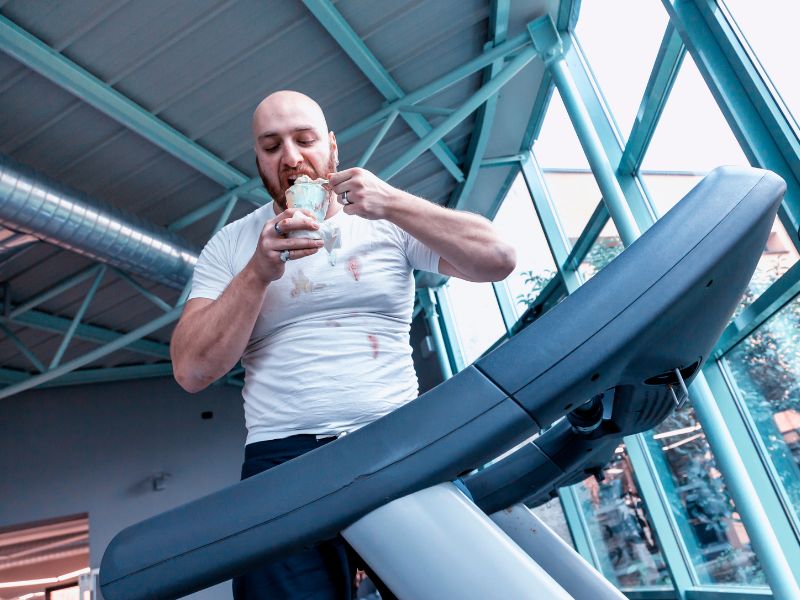Physical therapists are crucial in guiding individuals toward safe and effective exercise routines. With their in-depth knowledge of the musculoskeletal system and movement mechanics, they understand the importance of avoiding specific actions that could lead to injuries or setbacks. Here are five things that physical therapists personally wouldn’t do while exercising and why you should consider avoiding them, too.

Canva. com
Neglecting Warm-Up And Cool-Down
Physical therapists emphasize the significance of warming up before exercise and cooling down afterward. Skipping these essential steps can increase the risk of muscle strains, joint stiffness, and heart-related issues. Incorporating dynamic stretches and light cardio during the warm-up and static times during the cool-down helps prepare the body for activity and promotes recovery.
Sacrificing Proper Form For Intensity
Maintaining proper form during exercise is paramount to prevent injuries. Physical therapists prioritize teaching clients the correct techniques to avoid unnecessary strain on joints and muscles. While pushing your limits is essential, compromising form for higher intensity can lead to imbalances and injuries over time.
Ignoring Pain Or Discomfort
Physical therapists often discourage the “no pain, no gain” mentality. Experiencing pain or discomfort during exercise could indicate an underlying issue that requires attention. Ignoring these signals can exacerbate injuries and hinder progress. Instead, physical therapists advise adjusting your workout or seeking professional advice if pain persists.

Canva. com
Overlooking Rest And Recovery
Rest and recovery days are integral components of any exercise routine. Physical therapists stress giving your body ample time to repair and rebuild. Overtraining can lead to fatigue, weakened immunity, and even mental burnout. Incorporating rest days and varying the intensity of workouts is vital to long-term success.
Skipping Customization And Progression
Cookie-cutter workouts may not address individual needs or limitations. Physical therapists advocate for tailored exercise programs considering your body’s unique requirements and fitness goals. Additionally, progressing gradually by increasing intensity, duration, or complexity helps prevent plateaus and reduces the risk of injury.
